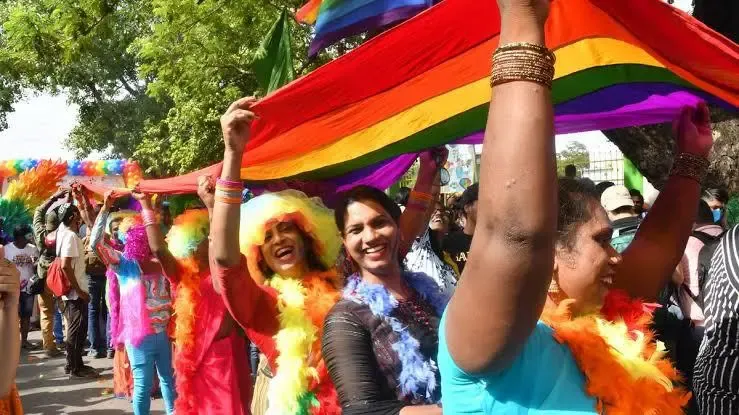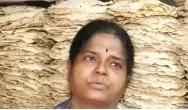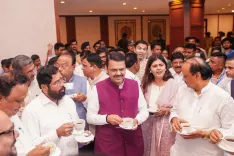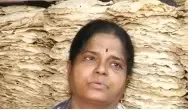What Happened at the 17th Rainbow Pride March in Chennai?

Synopsis
Key Takeaways
- Vibrant Celebration: The march showcased a colorful celebration of love and diversity.
- Empowerment: Many participants found the experience empowering.
- Advocacy: The event underscored the ongoing fight for equal rights.
- Community Solidarity: Emphasized the importance of solidarity among marginalized groups.
- Cultural Significance: The march is a vital cultural and political statement for the LGBTQIA+ community.
Chennai, June 29 (NationPress) The 17th iteration of the Chennai Rainbow Pride March, locally referred to as the 'Chennai Vaanavil Suyamariyadhai Perani', unfolded on Sunday at Rajarathinam Stadium in Egmore, attracting over 10,000 participants from both India and international locations.
Held annually in late June to commemorate Pride Month, this march aims to safeguard the political and personal rights of the LGBTQIA+ community while promoting enhanced understanding and inclusivity within society.
The streets transformed into a vibrant sea of rainbow hues, with participants waving flags, holding placards, and showcasing artistic banners that celebrated diversity and voiced demands for equality. Many attendees donned striking outfits and face paint, embodying the intersectionality of identity and activism central to the Pride movement.
Since its beginning in 2009, the Chennai Pride March has emerged as one of the pioneering Pride events in India, evolving from a simple march into a grand celebration of fashion, art, and culture.
This year’s event featured cultural performances and speeches by activists who spotlighted the ongoing challenges faced by the community, including discrimination, violence, and insufficient legal protections.
The organizers reiterated critical demands such as equal rights in marriage, adoption, access to healthcare, and protection against discrimination in education and employment. They also advocated for stronger legal frameworks to defend the rights of transgender and non-binary individuals.
The march served as a dual celebration and a reminder of the ongoing journey toward equality for all. Activists emphasized the importance of solidarity among marginalized communities and urged the public and policymakers to champion inclusivity.
Spectators cheered enthusiastically as participants chanted slogans and held up placards inscribed with messages of love, resistance, and pride. Many attendees described the experience as empowering, highlighting the resilience and strength of the LGBTQIA+ community against societal prejudice.
With each passing year, the Chennai Rainbow Pride March continues to grow, amplifying the voices of those advocating for dignity, acceptance, and justice.







